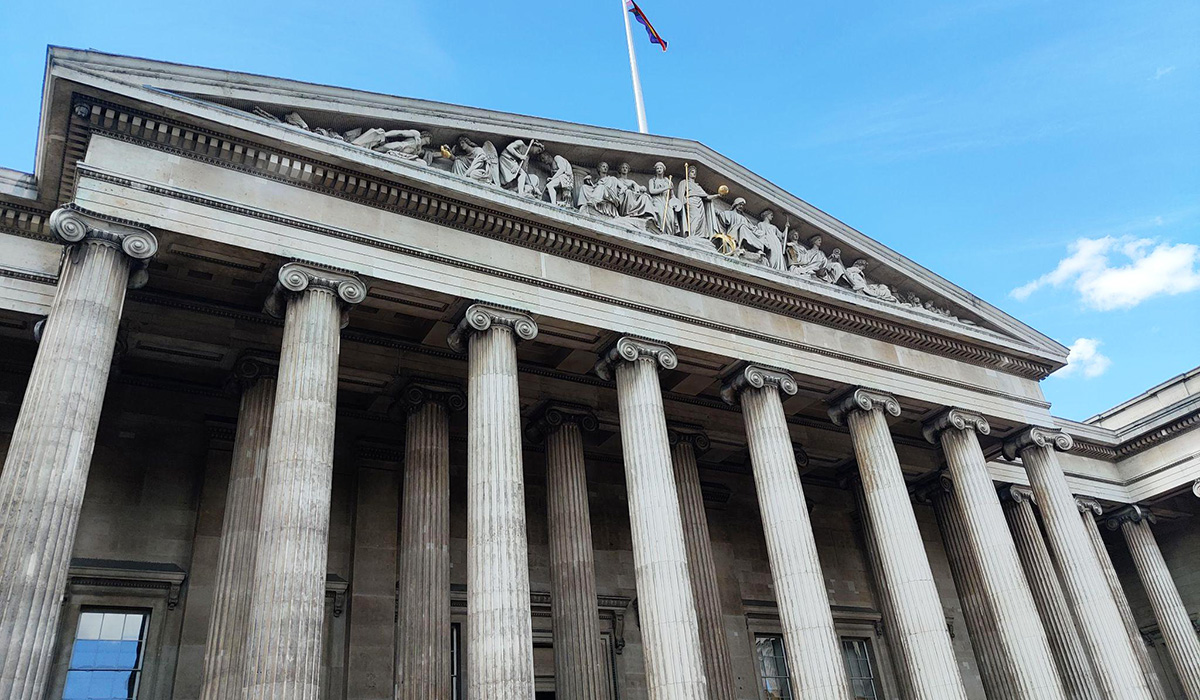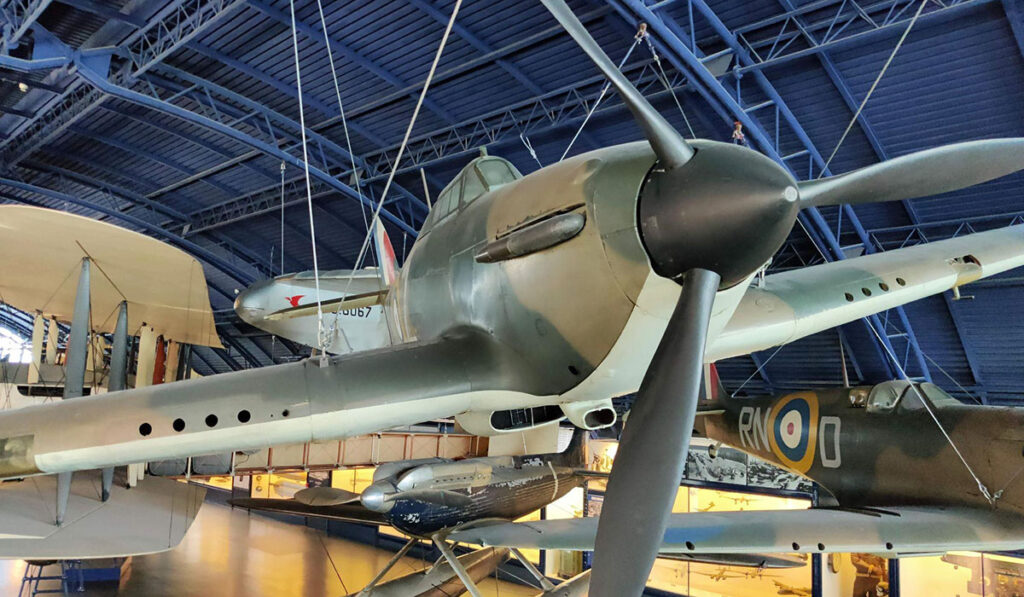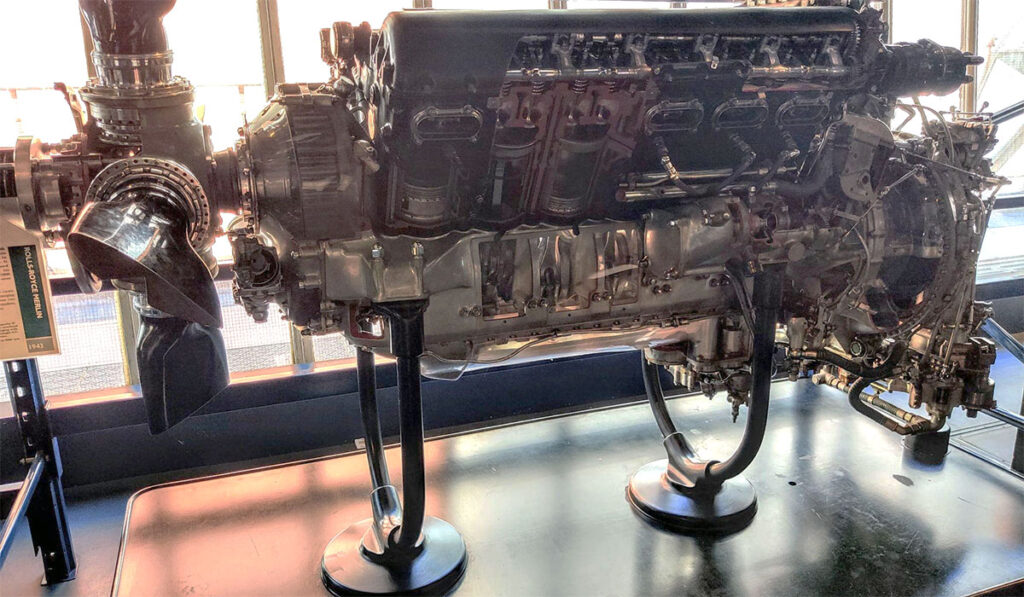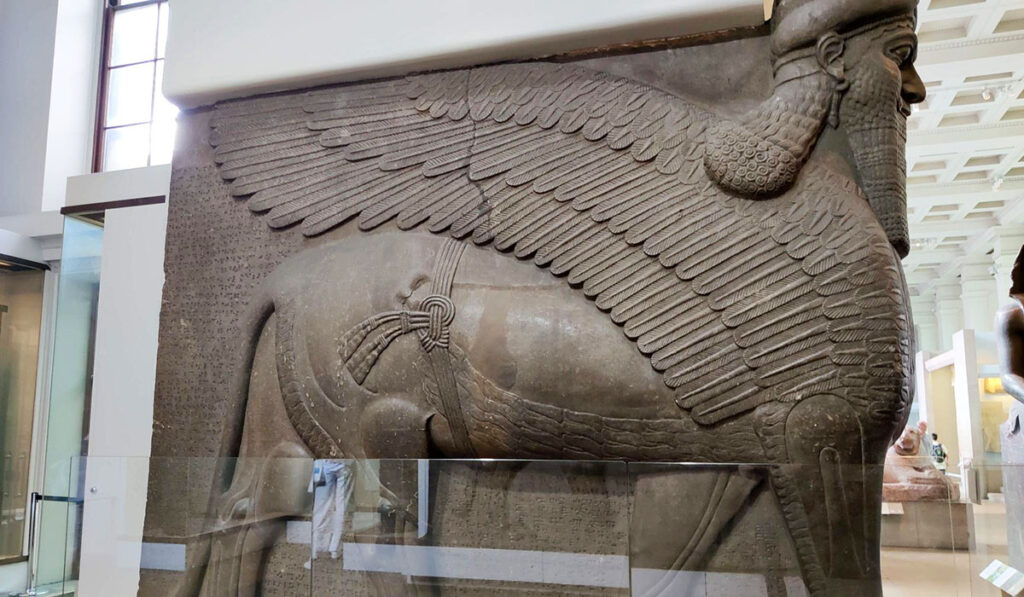Study Abroad Student Trip Report: Meghan Smitherman

During my time in London, I got to see countless sites where engineering innovations took place that changed Victorian England forever. It was amazing to see the huge, powerful steam engines designed by Boulton and Watt at the Kew Bridge Steam Museum that delivered clean water to London while also better understanding thermodynamic cycles and the phase changes of water as it converts between steam and liquid water in the engines. Additionally, I found the Brunel Museum to be fascinating as our guide talked about the first successful tunnel built under the Thames River in the 1800s by Isambard Brunel and how the tunnel is still used today for the London Underground trains. It astounded me that Brunel accomplished such an engineering feat that survives to this day at a time when construction tools were still primitive compared to what we use today.
Not only was I able to learn about engineering from a new perspective, but I was also immersed in new cultures and able to experience things older than our country itself, such as a Globe Theatre performance and ancient artifacts from all over the world at the British Museum. The British Museum was a free museum conveniently located near our classrooms, and while it’s not part of the planned excursions of the trip, it’s still an incredible place to experience not just once but multiple times. I grew to appreciate the countless cultures and history on display, from ancient Greece and Egypt, to Asian dynasties, to the history of Europe and its various cultures. I loved the number of free museums that London had, but one of my favorite free museums was the Science Museum, which I also visited multiple times after our planned trip there.
I thought the Science Museum was cool because they had the museum split into various technological ages focusing on different innovations, such as the development of energy and power through steam engines and beyond, and the making of the modern world from advancements in transportation to everyday inventions we take for granted. My favorite exhibition, however, was the flight gallery, as it focused on the history of flight from the first gliders developed in the late 1800s to the commercial airliners of today. I was especially interested in exploring the history of plane engines as they developed from rotary piston engines in the early 1900s to gas turbine engines at the start of WWII to the “turbofan” jet engines used today.



This trip offered me considerable insight into the world of engineering, and I gained much appreciation for Victorian England and just how many technological innovations and advancements came from that time period. It also affirmed my aspirations to become an aerospace engineer and potentially get to work on advancements in flight such as what I saw in the Science Museum through companies that I never knew were so involved in the aerospace industry, such as Rolls Royce, GE, and Pratt & Whitney. I feel that my time in London has better prepared me for a career in engineering by teaching me life skills, appreciation for culture, and the importance of improving everyday life.